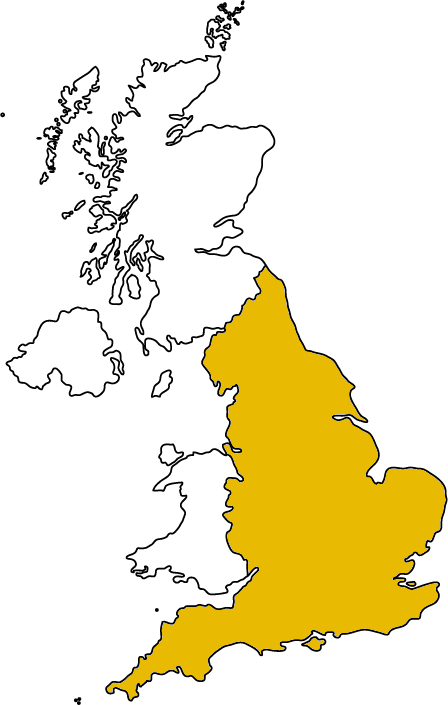English Housing Survey/Fuel Poverty Dataset
Published by DCLG/DECC in 2008
Data Type:Sample survey
This is a dataset derived from analysis to produce estimates of the number of households living in fuel poverty in England. Previously, a household was defined as being fuel poor if they spent more than 10% of their income on fuel. The data cover modelled household fuel costs and consumption. It is based on the English Housing Survey which interviews c. 13,300 households and inspects c. 6,200 dwellings.
The government is looking to reduce the cost of the English Housing Survey. Following a review in early 2015, they have decided to not pause the survey or continue it on a biannual basis. However, it is likely that aspects of the survey methodology and the data collected will alter somewhat in the upcoming years.
Time
The survey operates continuously. Data for the household survey are analysed annually and for the physical survey on a two-year rolling basis. Prior to 2008, the constituent elements of the English Housing Survey were run as separate surveys. Fuel poverty datasets were produced by DECC from 2003 onwards.
Dataset Quality
- The sample for the survey is representative of England. There was a transition in methodology from 2011 to 2012 from a simple random sample to a partially clustered survey design for a single survey year. The survey is stratified by geographic region, tenure, and household with an HRP who worked in a non-manual occupation (2001 census) and subsampled by tenure. The sample for the survey is drawn from the Postcode Address File (PAF) obtained from the Post Office. This offers a good coverage of residential households and dwellings in England. The sample does not however include any new dwellings built after the PAF was collated. The weights are adjusted using the number of new dwellings built between the PAF date and the reference date for the weighting to account for this error in coverage. Standardised training is in place to minimise measurement error both amongst interviewers and surveyors. For the interview section, full-scale piloting of new questions is not carried out but new questions are reviewed following the first quarter of data collection. The greatest variability in subjectivity in the physical survey is likely to revolve around the assessment of housing condition and defects. However, a surveyor variation study was carried out in 2009/10 which showed no significant difference in surveyor assessments. Non-response bias is dealt with in the weighting process. Greater detail on measures undertaken to enhance data quality are provided in a Technical Report
This is a derived dataset created on the basis of the English Housing Survey Sample Survey. Levels of potential sampling error within this survey are assessed. Greater detail on this can be found in the Technical Report
Dataset Access and Use
Anonymised English Housing Survey data sets are released each year once the main annual reports have been published, via End User Licences available to all members of the public at the UK Data Service. Registration for this service is slightly different for HE/FE users. The English Housing Survey datasets with detailed geographic identifiers are available only via Secure Access at the UK Data Service
Government attitudes to research use of their data appear favourable.
Geography
Freely available datasets have restricted geographic identifiers to avoid disclosure of participants. English Housing Survey datasets with detailed geographic identifiers may appear to be available via Secure Access agreement with the UK Data Service although it is not clear what level of geographical identifier could be obtained. Scottish and NI equivalent surveys exist but fuel poverty definitions vary.

Resources
| URL |
|---|
| https://www.gov.uk/government/collections/english-housing-survey |
| https://discover.ukdataservice.ac.uk/Catalogue/?sn=7539&type=Data%20catalogue |